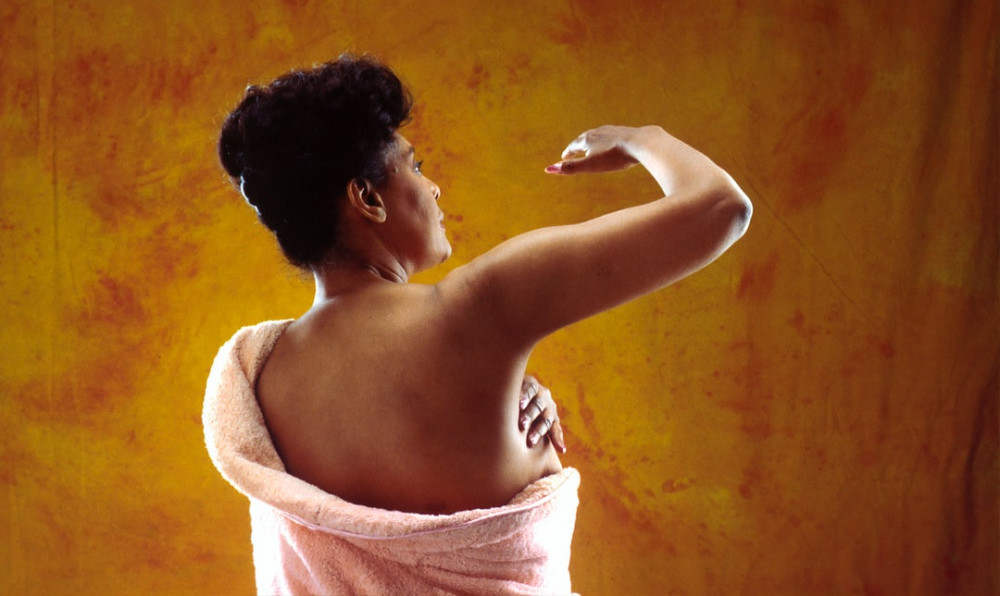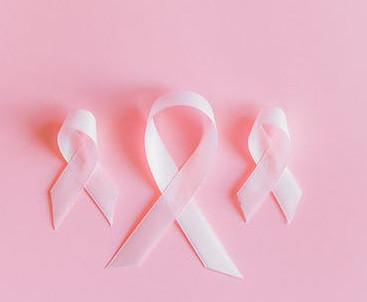
The regular examination of your breasts is a simple effective measure you should adapt to be able to assess your breasts. It is important that you know the feel and consistency of your breast so that in the event that you find something out of the ordinary from this simple self-examination you will be able to know the difference between a normal breast tissue and an anomaly developing in your breast so that you can seek help early and take appropriate action.
Breast self-examination is an at home simple and very effective means of determining the look and feel of the tissues of your breasts to be able to know when abnormalities develop in your breasts.
Though there is a debate as to how valuable a breast examination is as a screening tool in detecting breast cancer and the American Cancer Society currently does not recommend it as a screening tool for early breast cancer, I believe it is still an invaluable tool especially when combined with other investigations in screening for early breast cancer as there is still a value in you knowing and secondly, being familiar with your own breasts as it will help you in differentiating normal tissue from abnormal or feeling of abnormal that will help elicit action from you.
Moreover, self-examination can help the lactating or non lactating woman to detect other breast masses aside cancer and will help you to report these which can be further evaluated by your doctor.
How does a normal breast feel
The normal breast tissue is not homogeneous and varies slightly from woman to woman. Even in the same woman, the consistency of the breast tissue varies within a single menstrual cycle and it also varies when you are lactating and outside lactation. Age also contributes to variations in the feel of the breasts in the same woman.
This may feel confusing for the uninitiated woman but generally your breasts feels lumpy in consistency and maintains this general lumpiness throughout the breast tissue and this lumpiness is uniform so that when you notice a lump that is harder than the rest of the breast tissue you should focus attention on it and inform your doctor so that a closer look and possible investigation conducted to determine what it is.
The goal of a breast self-examination
The goal of a self-examination is to use different levels of finger point pressures to feel the whole depth of the breast. Using light pressure to feel the skin and underlying breast, moderate pressure to feel the breast tissues and firm pressure to feel for the structures beneath the breast tissues like the muscles on the chest and ribs.
This goal may sound simple but when it is conducted properly the benefits for you are immeasurable.
How often should you self examine
To make breast self-examination a worthwhile venture and to gain maximally from this process you should make it a regular monthly exercise. This will assist you in familiarizing yourself with the normal feel and consistency of your breast tissues and increase your awareness of an anomaly that is developing.
This should be done normally following your menses, about 3 to 5 days following menses, as the engorgement of the breast that usually occurs prior to menses in anticipation of pregnancy would have subsided and the feel of the breast tissues would have returned to normal. This should be done at the same time every month for maximum effect and a diary kept of your observations.
The 5 Simple Steps
To ensure that you have thoroughly examined your breasts at each time you do your self-examination you must maintain a routine and follow that routine rigidly every month to ensure you have the best result and this enhances its repeatability and commitment to your memory. These simple steps when committed to memory will make it an orderly affair and help you go through the motions of self-examination in a steadfast fashion.
Step 1
Stand upright in front of a mirror with shoulders straight and your hands on your hips. Look at the breasts observing the shape, color, size and symmetry. Next, observe the breasts again with your hands pressed firmly against your hips.
A normal breast should be evenly shaped and round in contour, no swelling or distorted shapes with a smooth outline.
Step 2
You should now raise both hands above the head with the palms touching each other and repeat the steps in no 1 above and observe the breasts for the same changes. Also do the same with the palms firmly clenched together and observe the breasts again.
Step 3
While you are still standing upright in front of the mirror look for any nipple discharge from the breasts – watery, bloody, yellowish. Then lift the breast to know if the ridges beneath the breasts are symmetrical or asymmetrical.
Step 4
You conduct this step by lying down on your back on a flat surface. The middle three finger pads should be clenched together to perform this examination of palpating your breasts. You will use the left fingers to palpate the right breast and the right fingers to palpate the left breast.
Use the finger pads, not the tips of the fingers for the examination and keep it flat on the breast and clenched together as you perform the motion.
You should be meticulous, take your time and maintain a routine using different pressures to examine the different depths of the breast – the skin, the middle layer and the deeper layer close to the chest wall.
Using a circular motion, palpate your breasts from top to down starting from the collar bone down the upper part of abdomen and from the armpit sideways to the cleavage. Palpate each spot going through the 3 pressure phases of light, medium and firm pressure through the skin to the deeper depths of your breast.
Step 5
The final step is usually done with you either standing or sitting down. Some women prefer and have a better appreciation of their breasts while they are wet and slippery hence they prefer to do this in the shower. Perfectly normal .
You perform the same hand movements as previously described in step 4 and record your findings in your monthly journal.
Self-examination while breastfeeding
Breast self-examination is more challenging for a breastfeeding mom on account of the markedly enlarged breasts of a lactating mother and the presence of lumps commonly found in the breastfeeding mom and your engorged breasts all of which may make self-examination a dread while you are breastfeeding.
There is no need to panic as often times self-examination here will help you to spot breastfeeding challenges more often than identifying a lump or cancer and hence should be a routine also in a breastfeeding mom as in a non breastfeeding mom.
The procedure of self breast examination in a breastfeeding mother is as is obtained in a non lactating mom but there are slight differences –
- The breasts is bigger and the mass to be examined has more depth so be more cautious and meticulous while examining.
- Ensure you breastfeed fully or pump fully before the examination to empty the breasts as much as possible.
- If you notice a lump, recheck again after a feeding episode as it may just be a blocked duct.
- If your menstrual flow hasn’t commenced, do breast exam twice or thrice per month reverting to monthly once menses resumes.
Benefits of self-examination
Your breast is an organ that attracts so much attention position wise and evokes so much appeal and grace from you not just because of the nourishment it gives to the breastfeeding baby but rather, it has a great impact on your body image, self-esteem and confidence.
Whether your breast is small, big, shapely or not shapely, fallen or still standing, it confers on you the feeling of completeness and a woman considers herself incomplete if her breasts are either not functioning as it should in terms of nourishing the child or providing you with the requisite aesthetics expected of this bundle of beauty.
Any mass in your breast whether it is breast cancer or not is a source of worry and anxiety as it detracts from your enjoyment and affects your self-esteem and self-confidence and a diagnosis of a breast cancer heightens your anxiety and emotional distraught with considerable impact on the quality of life of a mom.
A breast self-examination is a first line in the defense against breast cancer especially in the postpartum period and should be adopted and maximized by every woman whether breastfeeding or not in the fight against this killer disease. It should be combined with other screening tools in the event of any suspicious observation in your breasts to improve the detection rate of breast malignancy.
Dr mawa
mypostnatalmanagement.com
To your postnatal health and freedom
Please if you have any comments, observations, questions or an experience you want to share with us concerning breast self-examination, kindly use the comment box below.

